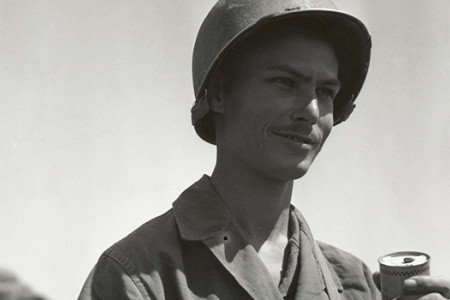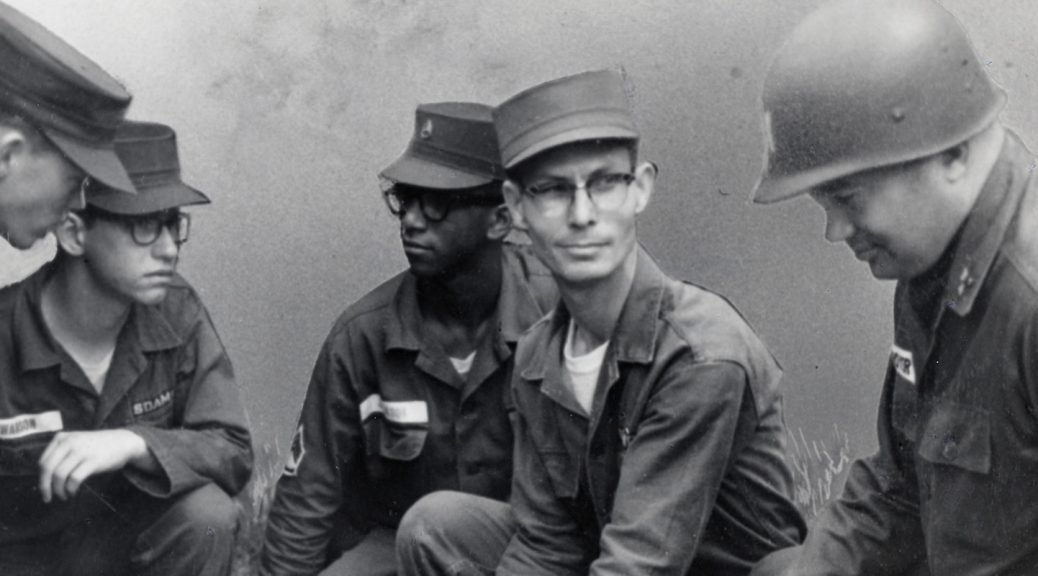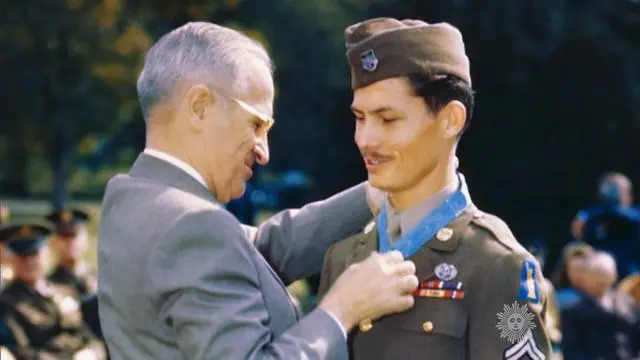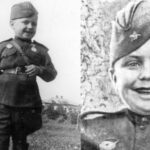Desmond Doss was a United States Army corporal who served as a combat medic with an infantry company in World War II. He was one of the 431 soldiers, who received the Congressional Medal of Honor, despite refusing to carry a gun and not killing a single enemy soldier. Who is Desmond Doss and how did he become the only conscientious objector to receive the Medal of Honor?
Biography
Desmond Doss was born in Lynchburg, Virginia, to William Thomas Doss, a carpenter, and Bertha Edward Doss, a homemaker and shoe factory worker. His mother raised him as a devout Seventh-day Adventist and instilled Sabbath-keeping, nonviolence, and a vegetarian lifestyle in his upbringing.
Doss grew up with fervent belief in the Bible and applied the Ten Commandments personally. He attended the Park Avenue Seventh-day Adventist Church school until the eighth grade and subsequently found a job at the Lynchburg Lumber Company to support his family during the Great Depression.
Before the outbreak of World War II, Doss was employed as a joiner at a shipyard in Virginia. He chose military service, despite being offered a deferment because of his shipyard work. He was sent to Fort Jackson in South Carolina for training with the reactivated 77th Infantry Division.
World War II
When he joined the Army, Desmond assumed that his classification as a conscientious objector would not require him to carry a weapon. He wanted to be an Army combat medic. As luck would have it, he was assigned to an infantry rifle company. His refusal to carry a gun caused much trouble among his fellow soldiers.
His commanding officers also wanted to get rid of him, as they saw him as a liability to the division. They tried to intimidate him, scold him, assign him extra tough duties, and declared him mentally unfit for the Army. Then they attempted to court martial him for refusing a direct order—to carry a gun. But they failed to find a way to toss him out, and he refused to leave. He believed his duty was to obey God and serve his country.
Doss consequently became a medic assigned to the 2nd Platoon, Company B, 1st Battalion, 307th Infantry, 77th Infantry Division. While serving with his platoon in 1944 in Guam and the Philippines, he was awarded two Bronze Star Medals with a “V” device, for exceptional valor in aiding wounded soldiers under fire. According to reports, Desmond had an extraordinary dedication to his fellow men. He repeatedly ran into the heat of battle to treat fallen comrades and carry them back to safety.
Read More:
- Marcario García, the first Mexican to receive the U.S. Medal of Honor
- J. Robert Oppenheimer: The Father of the Atomic Bomb
- Josephine Baker: The Entertainer Who Becomes a Spy in World War II
Battle of Okinawa
Desmond Doss became prominently known as a World War II two hero for his actions during the During Battle of Okinawa, he saved the lives of 50–100 wounded infantrymen atop the area known by the 96th Division as the Maeda Escarpment or Hacksaw Ridge. During the battle, the men in Desmond’s division were repeatedly trying to capture the Escarpment, an imposing rock face the soldiers called Hacksaw Ridge. After the company had secured the top of the cliff, the suddenly enemy forces rushed them in a vicious counterattack. Officers ordered an immediate retreat. All the Soldiers rushed to climb back down the steep except Desmond Doss.
Less than one-third of the men made it back down. The rest lay wounded, scattered across enemy soil—abandoned and left for dead. Doss charged back into the firefight to rescue as many of his men as he could. His iron determination and unflagging courage resulted in at least 75 lives saved that day, May 5, 1945. Eventually, the Americans took Hacksaw Ridge. Doss was wounded four times in Okinawa, before he was evacuated on May 21, 1945. He suffered a left arm fracture from a sniper’s bullet while being carried back to Allied lines and at one point had seventeen pieces of shrapnel embedded in his body after attempting to kick a grenade away from him and his men. He was awarded the Medal of Honor for his actions in Okinawa.
Honors and Post-War Life
In addition to his Medal of Honor, Desmond Doss received a Bronze Star for valor with one Oak Leaf cluster (signifying he received 2 Bronze Stars); a Purple Heart with two Oak Leaf clusters (signifying he received 3 Purple Hearts); the Asiatic-Pacific Campaign Medal with three Bronze Stars, and beachhead arrowhead (signifying he served in 4 combat campaigns including an amphibious landing under combat conditions); the Good Conduct Medal; the American Defense Campaign; and the Presidential Unit Citation given to the 1st Battalion, 307Inf, 77th Infantry Division for securing the Maeda Escarpment.
After the war, Doss initially planned to continue his career in carpentry, but extensive damage to his left arm made him unable to do so. In 1946, Doss was diagnosed with tuberculosis, which he had contracted on Leyte. He underwent treatment for five and a half years – losing a lung and five ribs – before being discharged from the hospital in August 1951 with 90% disability. After being hospitalized for difficulty breathing, Doss died on March 23, 2006, at his home in Piedmont, Alabama. He was buried on April 3, 2006, in the Chattanooga National Cemetery, Tennessee




